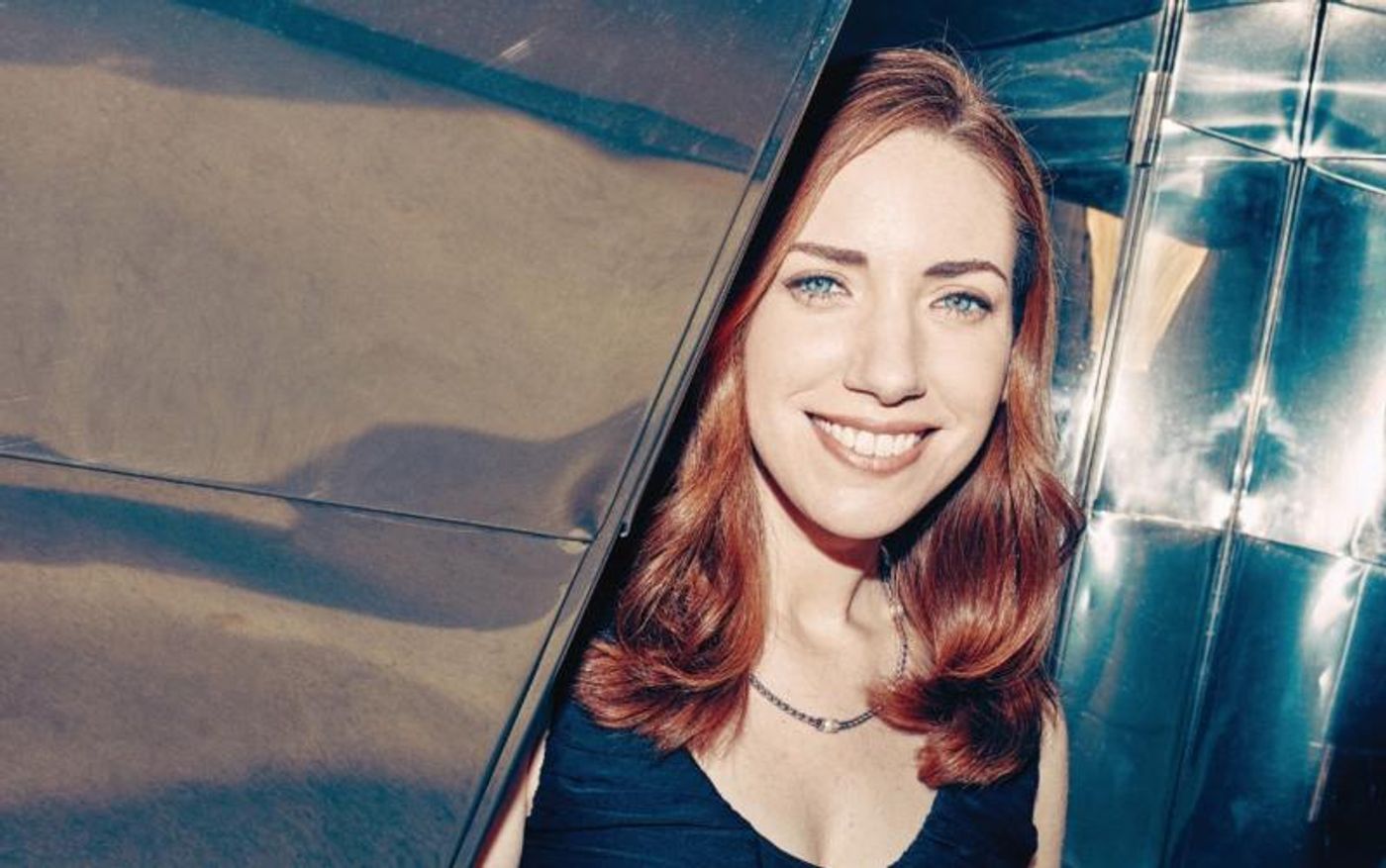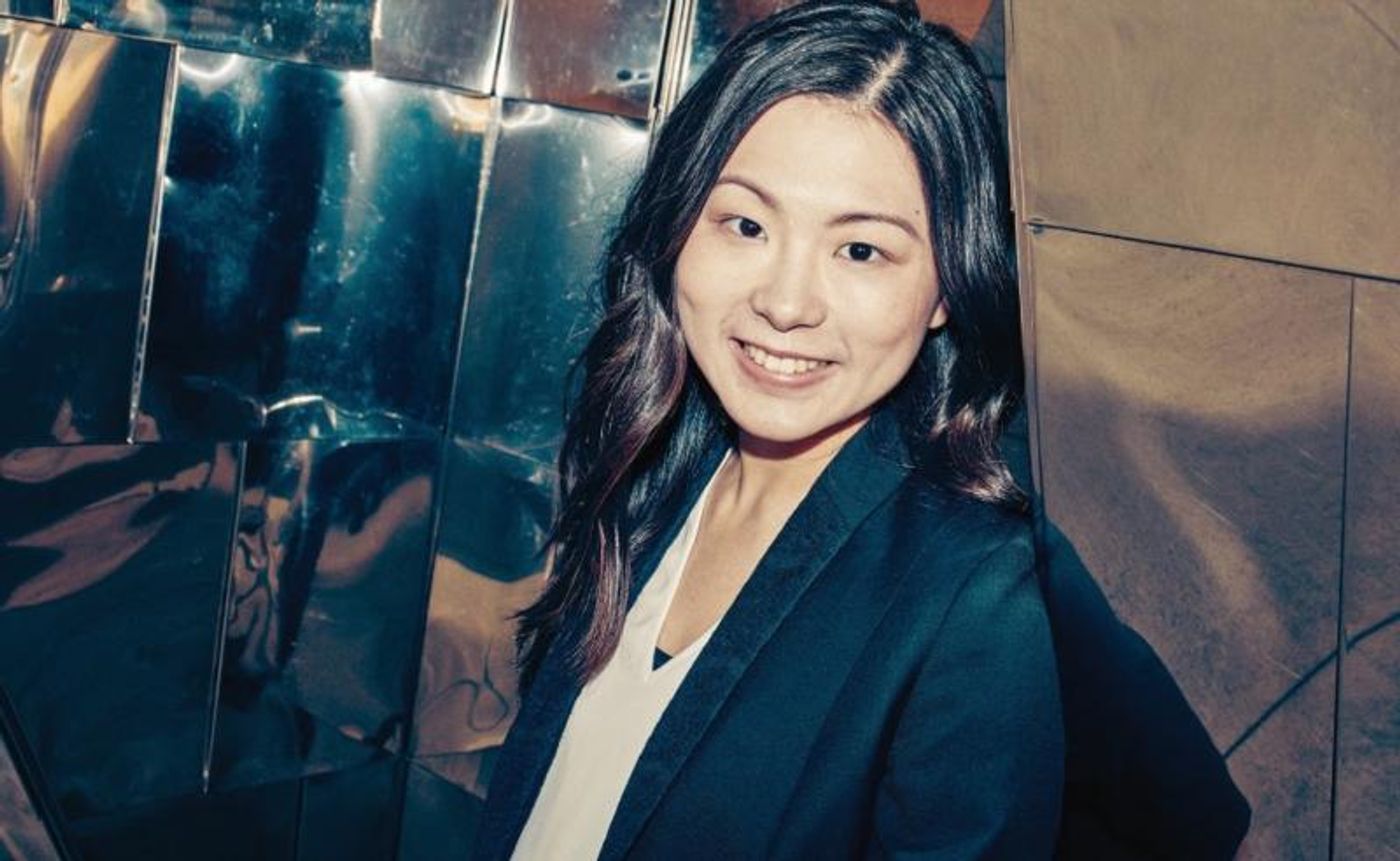Duruflé Requiem & Dale Trumbore's Present HOW TO GO ON this March
 Two works representing the sacred and the secular, and also representing the Los Angeles Master Chorale's past and present, will be performed in Walt Disney Concert on Sunday, March 17 at 7 PM. Maurice Duruflé's Requiem was written by the French composer in 1947 and has become one of the most-beloved choral compositions of the 20th century. The Requiem has been given storied performances by the Master Chorale since the 1960s. Dale Trumbore describes her work How to Go On as a "secular requiem" and the work - commissioned by the non-profit, Southern California-based Choral Arts Initiative - was premiered in July 2016 and subsequently saw Trumbore awarded the ASCAP Young Composers Award in 2017. The March 17 concert will be the Los Angeles Master Chorale's first performance of the work.
Two works representing the sacred and the secular, and also representing the Los Angeles Master Chorale's past and present, will be performed in Walt Disney Concert on Sunday, March 17 at 7 PM. Maurice Duruflé's Requiem was written by the French composer in 1947 and has become one of the most-beloved choral compositions of the 20th century. The Requiem has been given storied performances by the Master Chorale since the 1960s. Dale Trumbore describes her work How to Go On as a "secular requiem" and the work - commissioned by the non-profit, Southern California-based Choral Arts Initiative - was premiered in July 2016 and subsequently saw Trumbore awarded the ASCAP Young Composers Award in 2017. The March 17 concert will be the Los Angeles Master Chorale's first performance of the work.
Jenny Wong, the Los Angeles Master Chorale's Associate Conductor who recently  prepared the chorus for the U.S. premiere of Tan Dun's Buddha Passion with the LA Phil, will conduct the concert. She says of the program: "As artists, we often talk about and perform works that deal with grief. I think that if you present a piece that deals with grief and with direct, raw emotions - with texts that speak so directly to people - you have a responsibility to be aware of where you are leading the audience emotionally."
prepared the chorus for the U.S. premiere of Tan Dun's Buddha Passion with the LA Phil, will conduct the concert. She says of the program: "As artists, we often talk about and perform works that deal with grief. I think that if you present a piece that deals with grief and with direct, raw emotions - with texts that speak so directly to people - you have a responsibility to be aware of where you are leading the audience emotionally."
The Duruflé Requiem is the composer's evocation of the essence of Gregorian style and follows a more traditional form that Wong says is imbued with sincerity and "an overarching sense of acceptance and comfort - showing that comfort is achievable especially with the final In paradisum section. He gives us a sense that we can find comfort together."
Duruflé himself said of the piece: "This Requiem is not an ethereal work singing of detachment from human concerns. In the unchanging form of Christian prayer, it reflects the anguish of humanity faced with the mystery of its final end."
The Los Angeles Master Chorale's first performances of the Requiem took place in 1966 - during the choir's second season - under the baton of its dynamic founding Music Director Roger Wagner, who was a personal friend of Duruflé's. Wagner conducted the work four more times with the Master Chorale. Paul Salamunovich, the Master Chorale's influential Music Director from 1991 to 2001, also met and worked with the French composer. He conducted three Master Chorale performances of the Requiem, including one on 1993 dedicated to the memory of Roger Wagner who died in 1992, and the Master Chorale's most recent performance in Walt Disney Concert Hall in 2005. (Salamunovich died in 2014.)
"Duruflé's Requiem has long been in the DNA of the Los Angeles Master Chorale," says Wong. "On the one hand, I am so excited for us to continue that relationship, but I am more intrigued to share and experience together what Duruflé's Requiem means to us now in 2019, 14 years since our last performance of it (I was still in high school!). As a result of how much our world and communities have changed, how does this work now differ in how it speaks to us, who collectively seek - perhaps now more urgently than ever - the comfort that is unshakable in this work? When I look at this concert, I really am looking at both Duruflé's Requiem and Dale's How To Go On as a connected journey, which together, I believe provides a wider, more realistic and permissive version of the multiple answers to the questions we ask today. This especially excites me, and I feel it will make this performance quite different from our previous performances of it."
The March 17 concert will be the Master Chorale's first performance of How to Go On which is Trumbore's largest-scale work to date. In 2015, Trumbore's piece The Whole Sea in Motion was part of the Master Chorale's "Made in L.A." program. Two works by Trumbore (Glorious, Glorious and Threads of Joy) will also feature in the Master Chorale's recently announced 2019-20 season, marking a continuing relationship between the choir and the composer.
Trumbore recalls that she had wanted to write a requiem ("with a lowercase r") ever since singing in Verdi's setting while an undergraduate. Trumbore notes in a reflection on composing the piece that she prepared to write a "secular requiem" and "to make peace with the notion of my own mortality" from the point of view of an acknowledged agnostic. Armed with several collections of poetry by admired writers and such books as The Places That Scare You by the Buddhist nun Pema Chödrön, Trumbore embarked on a two-week residency at Brush Creek Foundation for the Arts in Saratoga, Wyoming in 2015. There she found herself bonding with other artist residents, and the resulting sense of camaraderie also made its way into her music. She writes: "If How to Go On is about confronting loss and mortality after a loved one's death - and it is - it is also exactly what the title promises. It's about accepting everything we do or don't know about death and going on to create a meaningful, beautiful life for ourselves."
In addition to Trumbore's music, How to Go On offers up this path to acceptance in the words of three living poets - Barbara Crooker, Amy Fleury, and Laura Foley.
"While there are no exact allusions to the Latin Requiem Mass texts and it is less grounded in the afterlife, the piece draws on those overall themes: concern with what happens after we die and what we cannot know. As a whole, the prospect of confronting our own mortality in the face of our grief over a loved one's death, the weight of all that."
Initially, Trumbore - who is currently serving as the composer-in-residence for Choral Chameleon - considered writing a 20-minute piece for chorus and chamber ensemble, but other poems kept claiming her attention until the work grew substantially in dimension. The first poem she set, Fleury's When at Last, became the final part of the eight-movement work. The movement revolves around "this very secular image of our bodies feeding the life cycle and going into the earth. It became the core of the entire piece. Everything that comes before is moving toward this last movement."
Trumbore has said that the seven movements prior to the final movement can be performed in any order the choir and conductor choose. Wong says she embraced the opportunity to select an order not previously heard that she believes will change how the audience receives the work.
A major difference from traditional Requiem settings, including Duruflé's, Trumbore's piece is "more about asking questions than being able to know any definite answers. When we lose someone, the question we ask is: How can we go on?" Jenny Wong contrasts the clear directionality, from heading towards Paradise, in Duruflé with "the sense of reality" in How to Go On: "Dale shows that our sense of grief and hope for healing is not directional and does not have a logical timing. Anguish and fear and doubt attack us in everyday life, and not always when we expect it."
Both works will feature soloists drawn from the Master Chorale. The soloists for the Duruflé Requiem are Jessie Shulman (mezzo-soprano) and Chung Uk Lee (bass-baritone). The Requiem will be performed with organist Namhee Han and cellist Cécilia Tsan. The soloists for How to Go On are Scott Graff (baritone), Kelci Hahn (soprano), James Hayden (bass), Callie Hoffman-Campbell (alto), Sarah Lynch (alto), Adriana Manfredi (alto), Beth Peregrine (soprano), and Jimmy Traum (tenor). It will be performed a cappella.
Photo credit: Arnaud Pyvka
Videos

